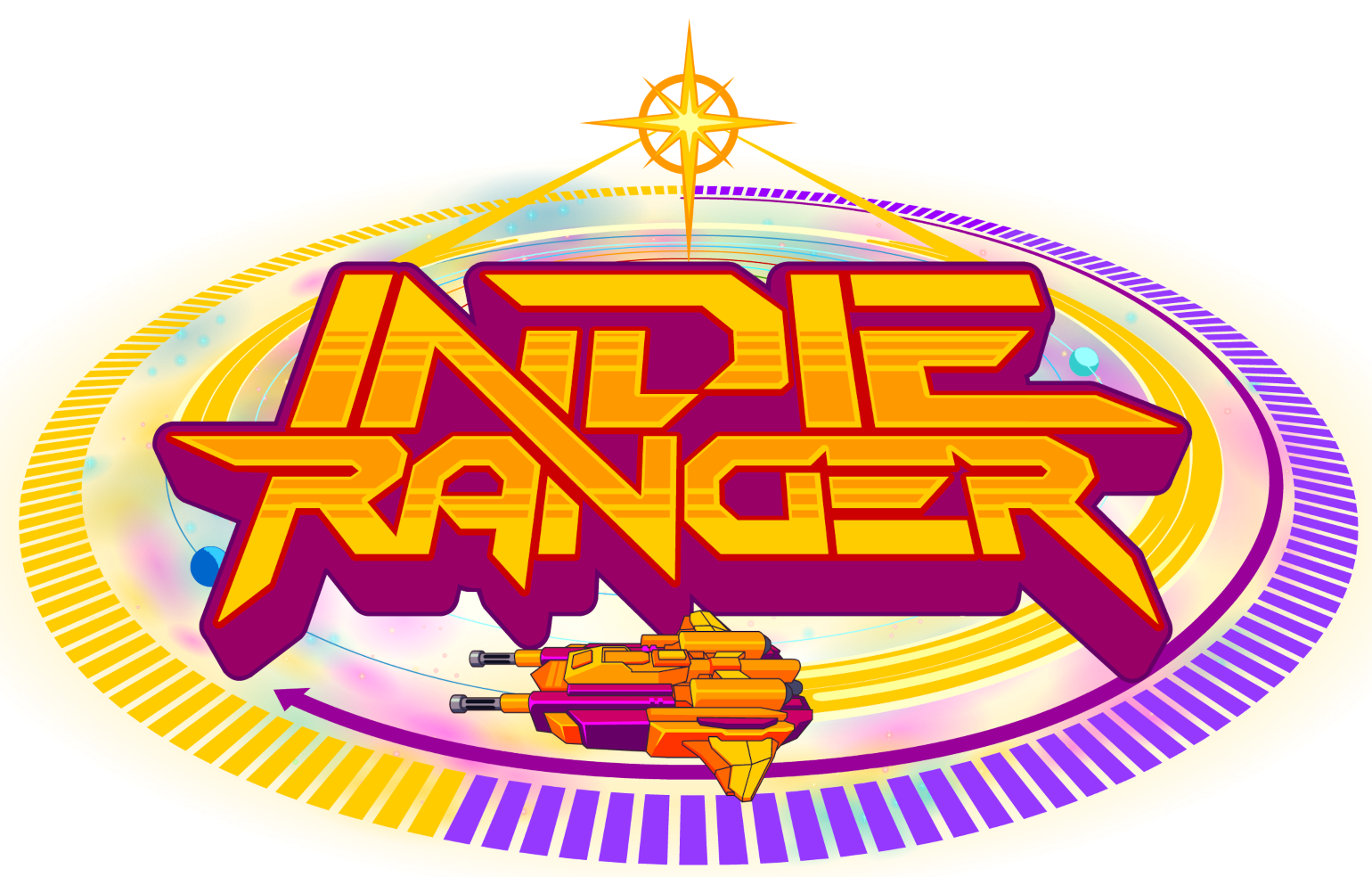So, you found your way here to see exactly how we go about our review scale. Well, welcome to the review guide! We’ll try not to take too much of your time. We’re looking to show our readers a transparent view and standard of how we review the games we cover.
Every writer, journalist and reviewer is different. With this in mind, our goal is to cater to the multiple different thought processes and subjective opinions presented in each review.
Any review made before Sept. 20, 2017, the day this guide was made official, most likely does not follow these guidelines. Regardless, you should always read reviews in full to get a better idea about the contents of the game. This guide was last updated on March 16, 2021.
First things first. For every game that comes our way, we will try to hand it off to a writer who has an interest in that genre. We can’t always make this happen, but as we see it, there’s not much of a benefit to giving a writer a game within a genre that they loathe.
Now, let’s get into the meat of how we do things here. If you have any additional questions or suggestions, feel free to reach out!
Score Average and Categories
We rate games based on a 100 point scale. Thoughout the majority of mainstream video game journalism, the universal average score appears to be at or around 70. However, here at Indie Ranger, our average score is lowered to 50 because, I mean, that kinda just makes sense, quite frankly. If you’re game, or the game you’re reading about, scores around a 50, it’s still a good game. It has its merits as well as its flaws.
I mentioned something earlier about how each reviewer is different and their opinions are all subjective, this is also reflective in the categories a game is scored on. Generally, these categories are determined by the genre of the game, as well as the main hitting factors of a game. For example, if a developer promotes world-building and free-flowing combat mechanics, those two aspects will be looked at and scored as categories. Up to five categories can be scored. Here are a few examples of categories we may include:
- Gameplay
- Art Style
- Soundtrack
- Challenge
- Combat
- Developer’s Dedication (how often is the game updated, patched. Their general post-launch activity. Helps in regards to sniffing out abandonware.)
- Replay Value
- Any other specific gameplay aspect
- Technical aspects (performances, bugs/glitches, etc.)
Disclaimers
We will always put the necessary disclaimers at the bottom of the reviews so you, the reader, are aware of the important information surrounding the review. There will be disclaimers if the game was given to us for free or if the game is in early access.
Early Access
Prior to the 3/16/21 update of the review guide, early access titles were fair game. However, after some further consideration, early access titles will now be tackled on a case-by-case basis. A lot can change about a game during the course of its life in early access. Reviewing a game in its EA infancy only to have it blossom months, or years, later, feels a bit unfair to the team behind the game.
Free Titles
Sometimes we will pay for games out of pocket. Other times we will receive review codes from game developers and publishers. If this happens, we want to be transparent about it. This doesn’t affect the overall quality or opinion of the game. We find it ethically responsible to inform the reader if we received a free review copy of a game.
Sensitive Content
On occasion, we may cover games with content that may be uncomfortable or otherwise unsettling. This is a rare occurrence, however, if it comes around, we’ll be sure to include an appropriate warning before getting into the meat of the review.
Steam Curator
Our Steam Curator page, which can be found here, includes abridged versions of our web reviews as well as reviews that didn’t make it to the website. Referring to the rating scale, our Curator score is as follows:
0 – 39: Not Recommended
40 – 69: Informational
70 – 100: Recommended

